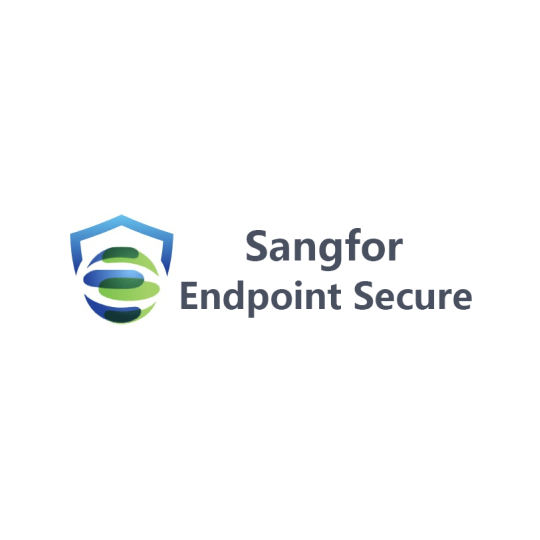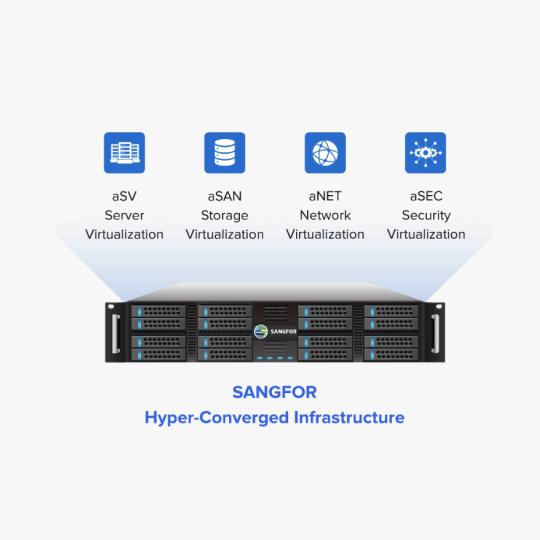What is Internet Access Gateway (IAG)?
Accelerating modern trends such as cloud applications adoption, the move of the hybrid workplace and increased use of mobile and personal devices for work have all constantly put more pressure on the organisation to ensure a secure workforce environment.
At the same time, a rise in encrypted applications, proxy avoidance applications, and increasingly affordable availability of third-party VPN applications have imposed further liability for the organisation where it can easily bypass your security perimeter undetected without any protection.
Features:
- Advanced threat detection and prevention mechanisms.
- Content filtering and URL categorisation for network security.
- Bandwidth management and traffic optimisation.
Benefits:
- Enhanced network security to protect against cyber threats.
- Improved productivity with optimised bandwidth usage.
- Regulatory compliance through content filtering and access control.

What is Endpoint Secure
Sangfor Endpoint Secure utilizes a different approach to defending systems from malware and APT threats compared to current next-generation Anti-virus (NGAV) or endpoint detection & response (EDR) solutions.
Endpoint Secure provides a holistic response to malware infections and APT breaches across the entire organization’s network, with ease of management, operation, and maintenance. The solution is scalable to meet the needs of any organization needing on-premise management, cloud management, or a hybrid solution when it comes to endpoint security, protection, detection, and response.
Features:
- Endpoint protection against malware, ransomware, and other cyber threats.
- Centralised management for easy deployment and monitoring.
- Data loss prevention (DLP) mechanisms to safeguard sensitive information.
Benefits:
- Comprehensive protection for all endpoints, including PCs, laptops, and mobile devices.
- Simplified management and reduced administrative overhead.
- Mitigation of data breaches and compliance with data protection regulations.

What is Hyperconverged Infrastructure (HCI)?
Hyperconverged Infrastructure (HCI), or hyperconverged software, is a unified system of data storage. As opposed to a traditional system, hyperconverged software combines storage, computing, networking, and management all under one roof.
Features:
- Integration of compute, storage, and networking in a single platform.
- Scalability and flexibility to accommodate changing workloads.
- High availability and disaster recovery capabilities.
Benefits:
- Simplified infrastructure management and reduced IT complexity.
- Improved resource utilisation and cost-efficiency.
- Enhanced performance and reliability for business-critical applications.
